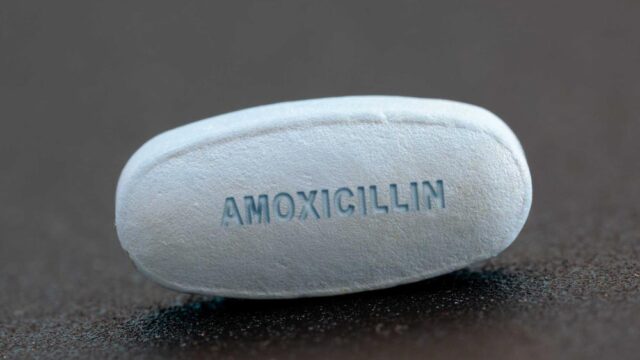Advertisment
Who benefits from direct-to-consumer pharmaceutical advertising?

A new study co-authored by a University of Massachusetts Amherst economist reveals the value of government vaccine recommendations to drugmakers, as well as potential benefits of advertising pharmaceuticals directly to consumers — a practice that is banned in every country apart from the United States and New Zealand. The research is the most comprehensive investigation to date of manufacturer marketing and consumer response to adult vaccine recommendations.
After the U.S. Advisory Committee on Immunization Practices (ACIP) recommended in 2014 that people aged 65 and over receive the pneumococcal vaccine Prevnar 13, Medicare and private insurance plans began covering the vaccine for patients. Pfizer, the sole manufacturer of the vaccine, then launched an advertising blitz to encourage older Americans to get vaccinated. Over the ensuing five years, the number of seniors who received the vaccine increased by about 10%, or 2.5 million people, and sales of Prevnar 13 grew by roughly $1 billion annually.
“Our results suggest there is real value to vaccine manufacturers in winning a recommendation from ACIP, and that direct-to-consumer advertising of pharmaceuticals is not the unequivocal boogeyman that some people think it is,” says Brandyn Churchill, assistant professor of resource economics at UMass Amherst. “It can be an effective tool to achieve public health objectives — as long as the incentives are aligned.”
In this case, the incentives were perfectly aligned: ACIP’s policy goal was to encourage more older adults to get vaccinated against bacterial pneumonia and Pfizer wanted to sell more vaccines.
Pneumococcal vaccines offer protection against streptococcus pneumoniae, a bacterial infection causing over 500,000 cases of pneumonia in the U.S. each year. Pneumonia is the seventh leading cause of death in the country and hospitalizations related to the disease cost an estimated $9 billion annually.
In addition to increased uptake and sales for Prevnar 13, Churchill and co-authors Laura E. Henkhaus, health economist and data scientist with Hill Physicians Medical Group and Emily C. Lawler, assistant professor of public administration and public policy at the University of Georgia, demonstrate that seniors who received the vaccine were also more likely to have recently visited a health care provider and to have received other vaccinations during those visits, creating what Churchill calls “bundling” of vaccine uptake.
However, the study concludes ACIP’s recommendation, and the resulting direct-to-consumer advertising, did nothing to reduce infection and mortality rates from pneumococcal disease.
“We didn’t find any evidence of a public health improvement, but someone benefited — in this case it was Pfizer,” Churchill says.
In 2019, ACIP revised its recommendations, reaffirming that Prevnar 13 is indeed safe and effective, but no longer advising that it be administered as part of routine care for older adults, due to increased uptake of the vaccine by children, which has protected the broader population through the benefits of herd immunity.
“The marketing of Prevnar 13 was a success in that it helped achieve a stated policy goal — even if that goal changed as ACIP followed the science,” Churchill adds.
The complete study appears in the Journal of Policy Analysis and Management.





